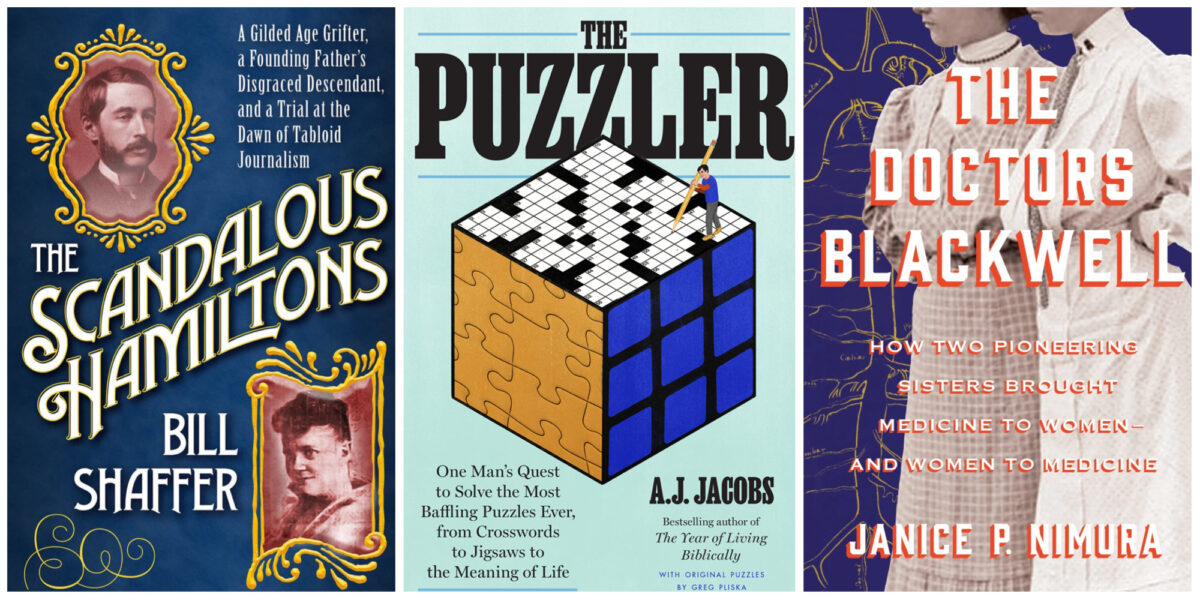The best gifts in the world are books and history lovers, in particular, want nothing more than more books than they possibly have time to read. (My own library and its aching shelves are witness to this.)
Here are some of my favorite books of 2022 (with a couple award-winners published in 2021), stories which will invite you into new ways of loving history. They’d all look lovely wrapped in colorful paper or tastefully tucked in somebody’s stocking.
Oh, well, just get them for yourself. You deserve it!
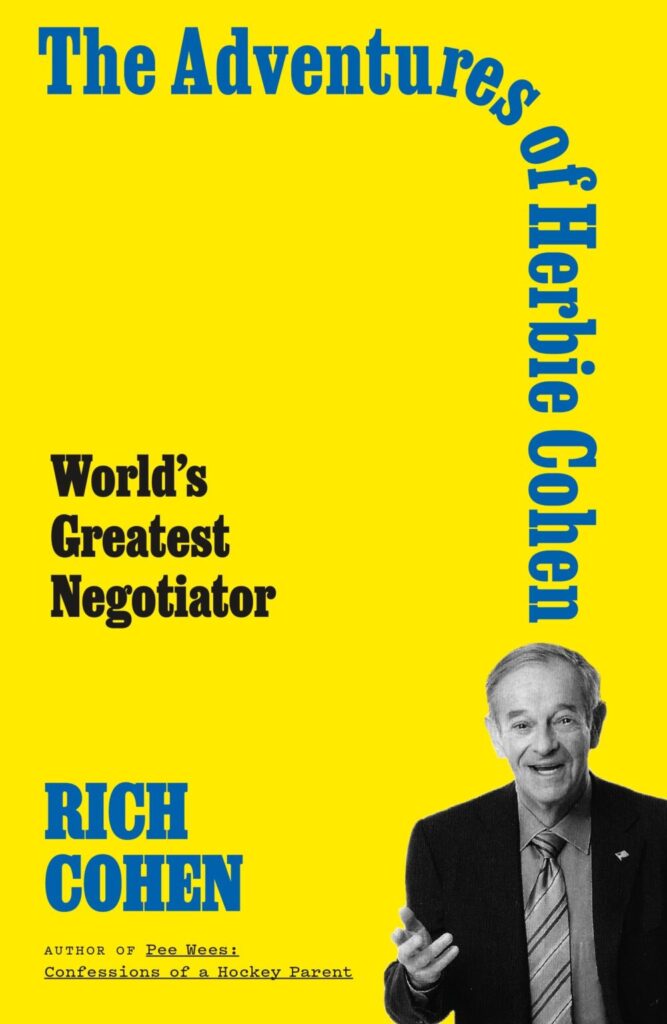
The Adventures of Herbie Cohen: World’s Greatest Negotiator
Rich Cohen
From my July review: Playboy Magazine called Herb Cohen “the world’s greatest negotiator” and whether or not that was true, Cohen could convince you that it most certainly was.
But The Adventures of Herbie Cohen: World’s Greatest Negotiator, written by acclaimed author and journalist Rich Cohen, is not your ordinary profile. For one, Rich is Herbie’s son.
This is no mere ode to a no-nonsense, wise-cracking father. Cohen has managed to craft an absolutely perfect character profile, keeping Herbie’s grounded personality front and center in a hilarious collection of anecdotes, recollections and maybe one or two tall tales (in the way that we share tall tales about ourselves).
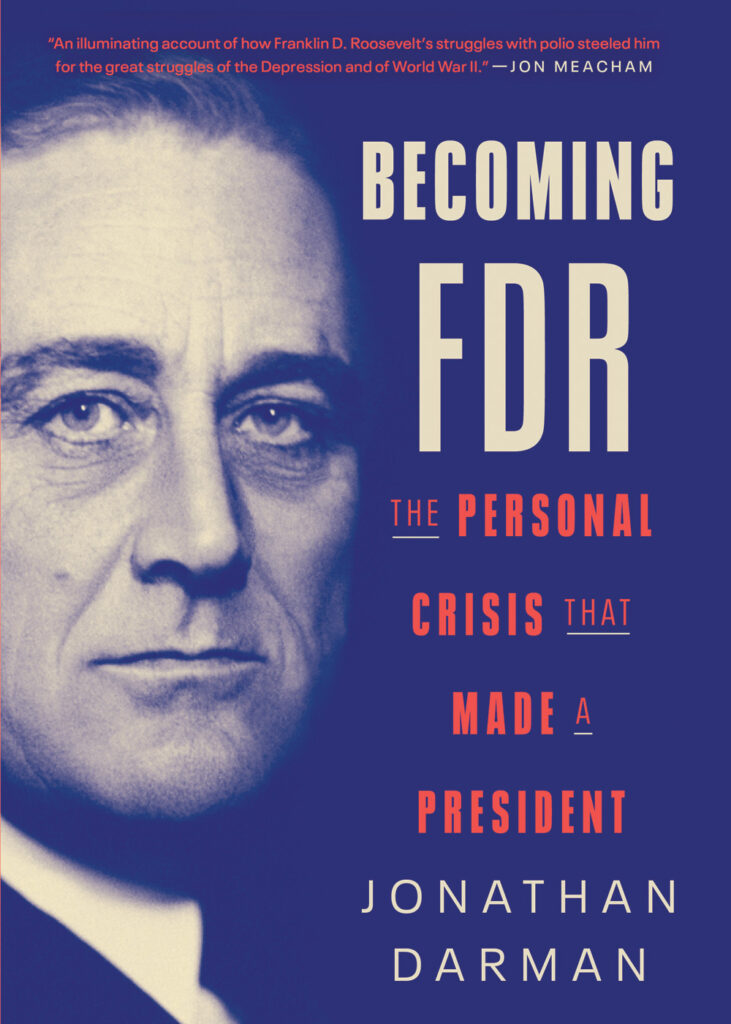
Becoming FDR: The Personal Crisis That Made A President
Jonathan Darman
If things had gone even slightly different from the events described in Darman’s excellent biography on Franklin Delano Roosevelt, our world would be fundamentally different.
Becoming FDR focuses mostly on Roosevelt in the years following his diagnosis with infantile paralysis, or polio. Who would have looked at this young, failed politician — now forever paralyzed — and seen a world leader in the making?
By focusing so pointedly on the life of young Roosevelt, we see a man shattered and rebuilt by circumstance. With the support of a social and political inner circle, Roosevelt learned to both conceal his condition while also recognizing his role in bringing awareness to others struggling with the disease.
The result was an unimaginable political triumph. With his first major reappearance at the 1924 Democratic National Convention — in support of New York governor Al Smith — Roosevelt had become both spectacle and savior.
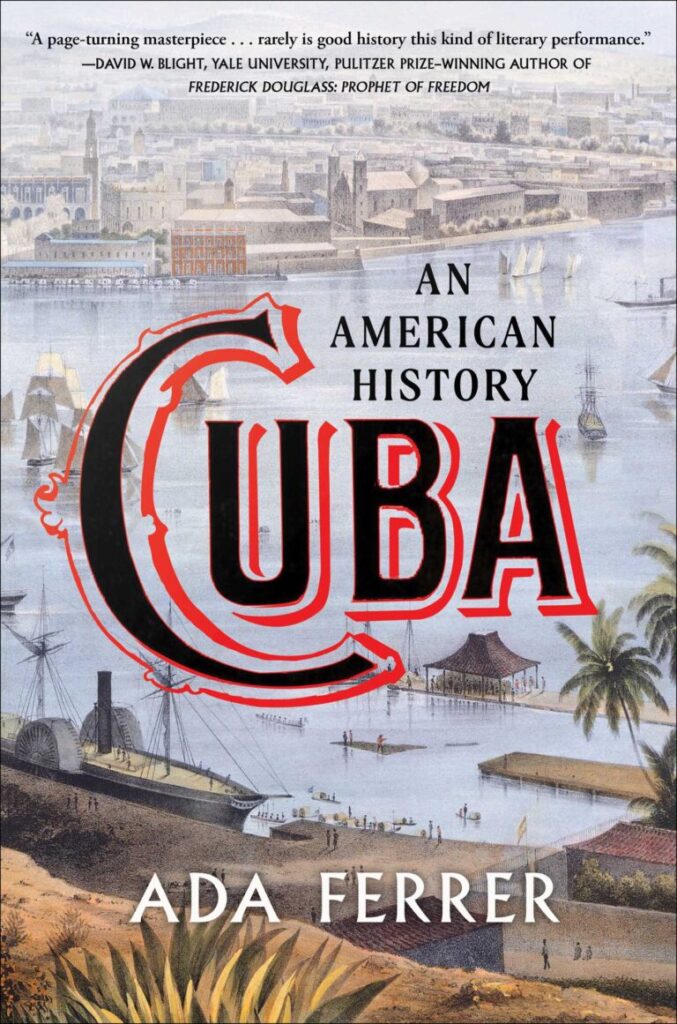
Cuba: An American History
Ada Ferrer
From my July review: In the beautifully told Cuba: An American History, Ada Ferrer manages a challenging task of epic narrative. Not only is her Pulitzer Prize-winning book an artfully fluid retelling of the history of Cuba, it’s also a sharp, insightful story of the love-hate relationship between the island country and its neighbor to the north.
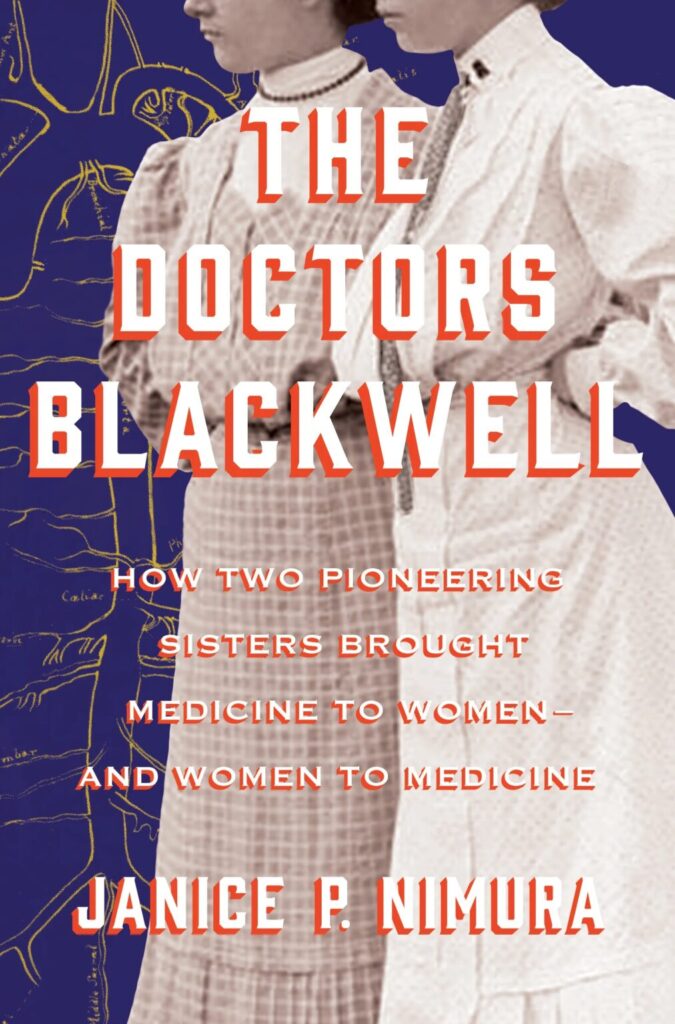
The Doctors Blackwell: How Two Pioneering Sisters Brought Medicine to Women and Women to Medicine
Janice P. Nimura
From my review this year: In 1857 Elizabeth and Emily Blackwell threw open the doors to the New York Infirmary for Women and Children at 58 Bleecker Street, revolutionary as being the first hospital in the world to employ an all-female staff.
In this excellent biography Nimura illuminates the lives of two important women whose rich personal adventures have gotten lost in the shadow of their legacies.
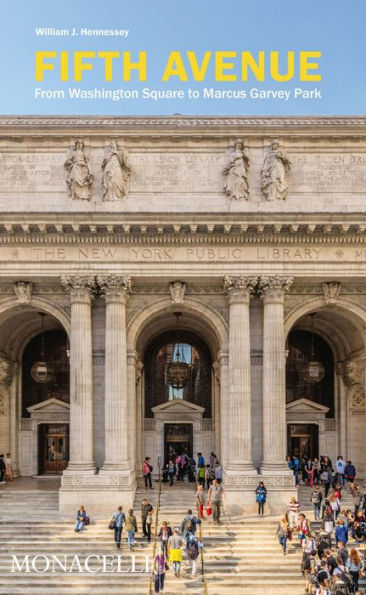
Fifth Avenue: From Washington Square to Marcus Garvey Park
William J. Hennessey
“Today Fifth Avenue is a street of varied and overlapping personalities,” writes William J. Hennessey to his new, indispensible guide to one of New York’s most famous streets, “a coveted residential address, a prestigious business location, a prime shopping avenue and a home for many of the city’s most notable churches and civic landmarks.”
This guide provides a perfect adventure for urban explorers with good walking shoes. Lovely maps and loads of photographs guide you through the avenue’s most interesting landmarks — from bohemian treasures and early townhouses around Washington Square Park to the jewels of Harlem.
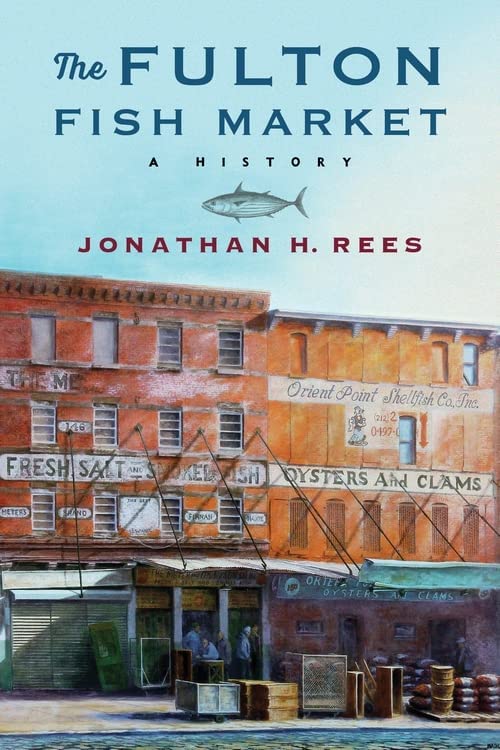
The Fulton Fish Market: A History
Jonathan H. Rees
Manhattan’s waterfront fundamentally changed in 2005 when the Fulton Fish Market, the wholesale anchor of lower Manhattan, moved to its new Hunts Point facility in the Bronx. The market, which dates back to 1822, provided New Yorkers thousands of jobs and the country at large with a vital food source.
Rees’s fun and fascinating history finds the market at the core of New York City history, fueling the city’s growth by providing the region’s most reliable food source — oysters, salmon, cod and (eventually) more particular delicacies like green turtle and terrapin.
This book also provides a look into the changes of the South Street Seaport — including the FDR Drive — colliding with major changes to the wholesale food industry overall. The world Rees describes feels almost alien to the sleek, tourist-friendly Seaport of today.
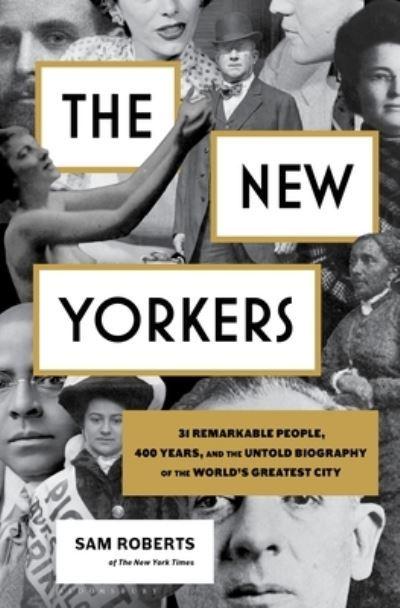
The New Yorkers
31 Remarkable People, 400 Years and the Untold Biography of the World’s Greatest City
Sam Roberts
The New York Times’ Sam Roberts is used to sizing up the history of the city in statistics (101 Objects, 27 Buildings) and he takes that same bite-sized approach in crafting the city’s history through the tales of 31 New Yorkers.
Although Roberts’ approach is to focus on figures “you’ve never heard of,” in fact you probably have heard of some if you’ve listened to our podcast in recent years. (Andrew Haswell Green, Audrey Munson, Levi Weeks, Philip A. Payton Jr and Clara Lemlich all make appearances.)
But that only makes The New Yorkers the perfect gift for history lovers. The joy of experiencing these lives in such a beautifully written tribute will reinvent everything you know about them — and finding the common threads in their lives will ensure they’ve never forgotten.
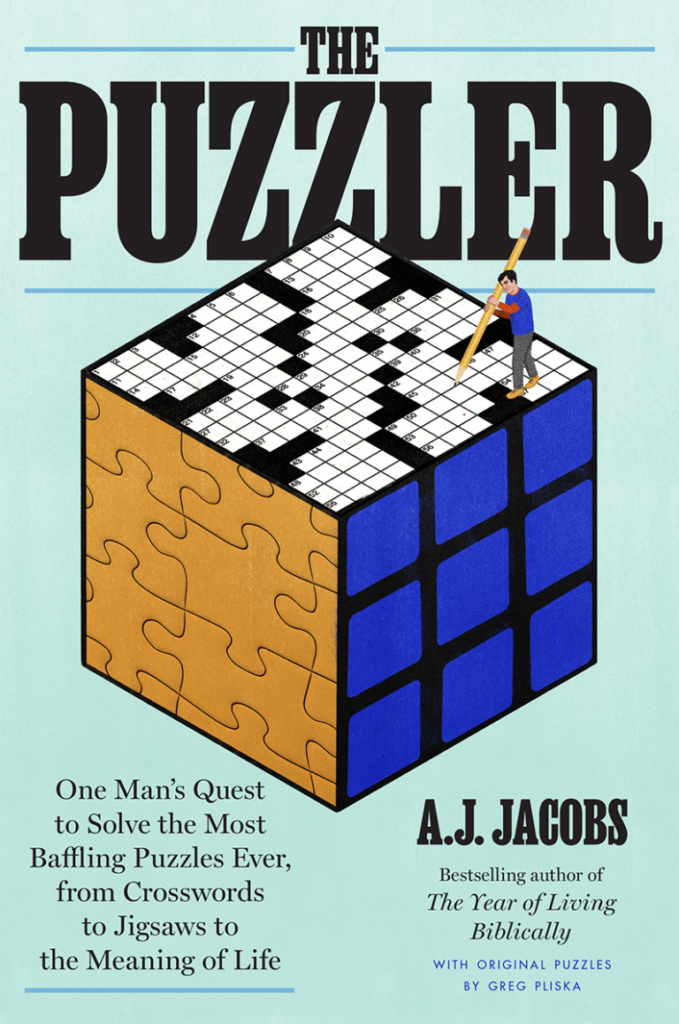
The Puzzler: One Man’s Quest to Sold the Most Baffling Puzzles Ever, from Crosswords to Jigsaws to the Meaning of Life
A.J. Jacobs
In the most entertainingly interactive book — or could you call it a workbook? — of the year, Jacobs (The Know-It-All, The Year of Living Biblically) turns his daredevil focus to the world of puzzles — their history, their fundamentals, damnable addictive nature.
These magical games of logic range from jigsaw puzzles to the Rubik’s Cube, from puzzles that are quite ancient (cyphers and mazes) to puzzles which reflect the obsessions of modern newspaper readers the world over (crosswords, Sudoku and other grid puzzles).
Jacobs becomes a puzzle expert himself and invites you to join along. (Literally. The book is filled with both new and historical puzzles. In fact the book itself, like any great work of mischief, is a puzzle.) Along the way you’ll meet master puzzlers, both modern and classic, men like Sam Loyd, the Gilded Age puzzle author and charlatan renown for a ‘puzzle hoax’ which surely drove hundreds of people mad.
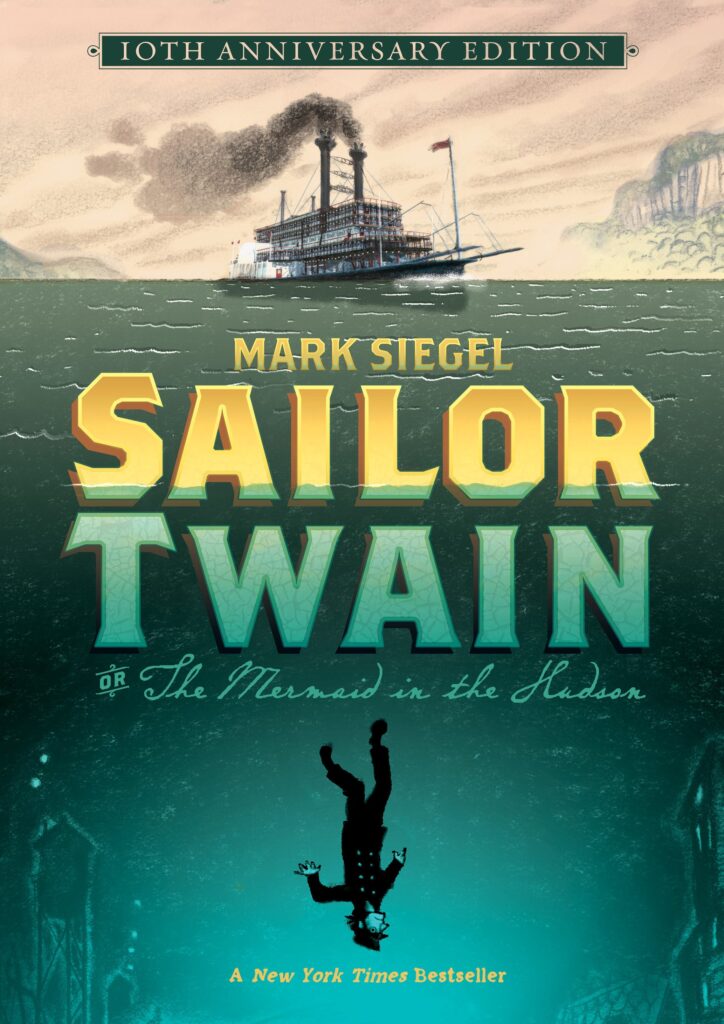
Sailor Twain Or: The Mermaid in the Hudson,
10th Anniversary Edition
Mark Siegel
From my review of the original edition: Something lurks in the waters of the Hudson River in Mark Siegel’s moody new graphic novel. Sailor Twain, shaded darkly and finely formed out of moody atmosphere, is an ethereal rumination on American urban legend, borrowing from history to create myth.
The Hudson River, as illustrated by Siegal, seems like the end of the earth, a world so choked in mist that it feels like the artist’s ink will rub off on your fingers. Siegal presents a lush, romantic view of historical New York, at equal points comic, erotic and melancholy. Some faces are cartoonish, others delicately real. The art holds the mood as the story unfurls, from Gothic romance to horror parable.
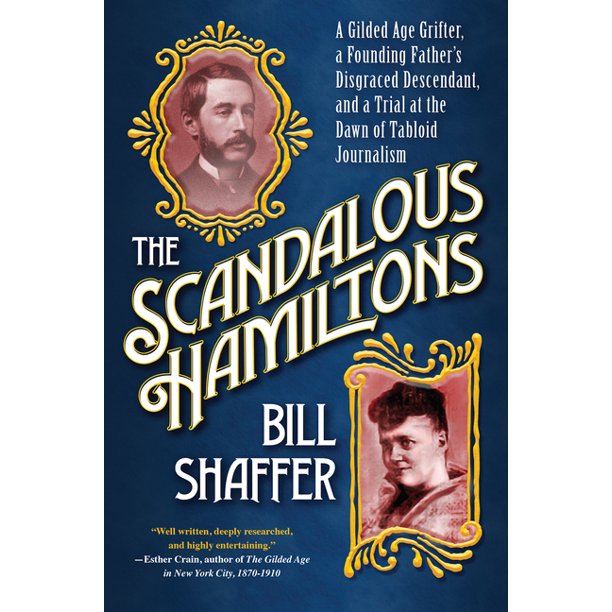
The Scandalous Hamiltons: A Gilded Age Grifter, a Founding Fathers Disgraced Descendant, and a Trial at the Dawn of Tabloid Journalism
Bill Schaffer
If streaming television were around in the 1890s, then the events described in The Scandalous Hamilton would have made a blockbuster true-crime mini series.
In this crackling, briskly intense crime drama, Schaffer recounts a wicked and lustful melodrama that captivated Americans during the Gilded Age, involving a descendent of Alexander Hamilton and his mysterious new wife. (To say any more would ruin the story’s numerous twists.) With its focus on the breathless reporting of the day, you can almost smell the wet ink hot off the press.
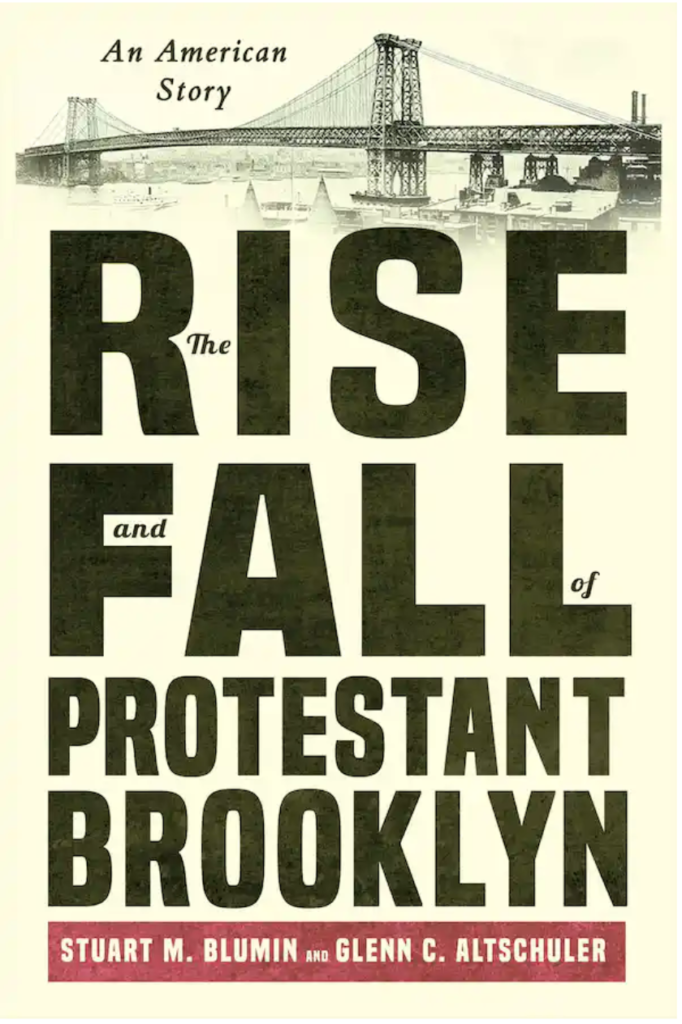
The Rise and Fall of Protestant Brooklyn
Stuart M. Blumin and Glenn C. Altschuler
Brooklyn was once known as the “City of Churches,” which was descriptive of the extraordinary number of Protestant congregations in the 19th century. But the nickname was also shade against Manhattan, deemed by conservative Brooklynites as a city of sin and corruption.
In Blumin and Altschuler’s refreshing history of Brooklyn, city leaders “who wished to maintain their domestic world as a respectable — even a cleansing — retreat from the big city” celebrated their devout, conservative nature. But this emphasis on a spiritual community also made Brooklyn central to the abolition movement and thus, in its own way, radical.
Rise and Fall is a fascinating story that should inspire a stroll through Brooklyn Heights on a hunt for the borough’s most historic houses of worship.
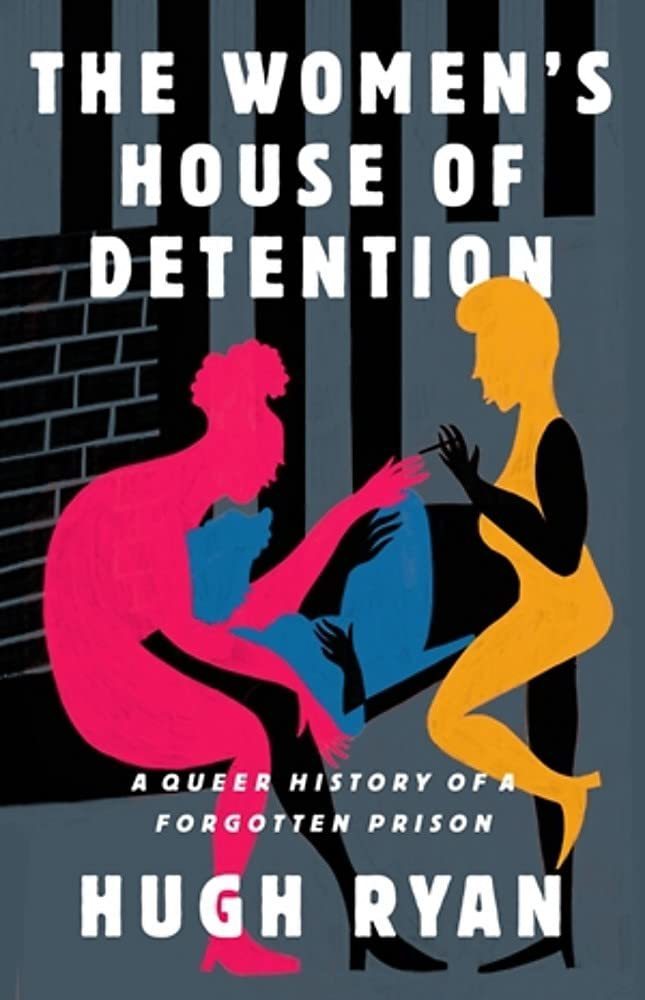
The Women’s House of Detention: A Queer History of a Forgotten Prison
Hugh Ryan
You heard Ryan this year on our podcast Jefferson Market and the Women’s House of Detention and the spirit and passion he brought to our show is in full display in this searing and deeply researched investigation into the lives of those who were incarcerated within this unusual Greenwich Village prison.
When the Women’s House of Detention opened in 1931 — sometimes referred to as the world’s only Art Deco prison — it was meant to improve the conditions of women who were held there. But the dank and inadequate containment soon became symbol of abuse and injustice.
But this is more than a tale of a disreputable institution; this is the story of people who often incarcerated for the crime of being themselves. And it creates, in a series of raw and revealing anecdotes, a remarkable portrait of Village life in the mid 20th century.

